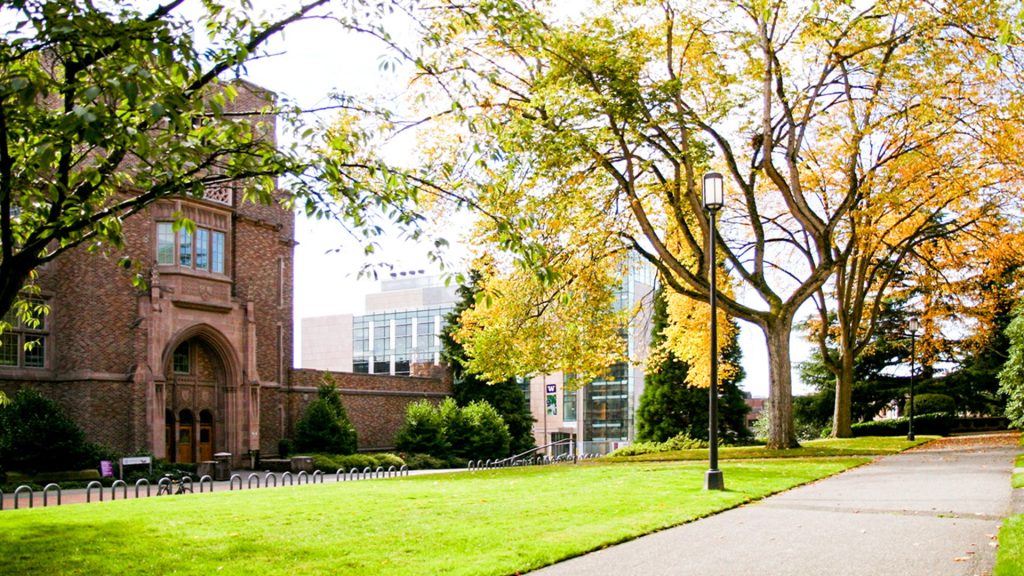The most frequently used method for foreign nationals to attend a U.S. college, university or other academic institution is the F-1 student visa.
Foreign nationals are eligible for an F-1 visa if they are attempting to enter the country with the purposes of studying at a “Student and Exchange Visitor Program (SEVP)-certified school,” which includes most United States colleges and universities.
To receive an F-1 visa, the foreign national must enroll in a full-time program that culminates in a degree or diploma from the U.S. college or university they are attending.
More details about the F-1 student visa follow below.
Eligibility for F-1 student visa
To be eligible for an F-1 student visa, a foreign national must:
- Be enrolled in a full-time academic program.
- Be attending a U.S. Immigrations and Customs Enforcement (ICE) Student and Exchange Visitor Program (SEVP) certified school.
- Be proficient in English, or “be enrolled in courses leading to English proficiency.”
- Prove they have “sufficient funds” to pay for their program of study.
- Maintain and have “no intention” of renouncing their foreign residency.
The foreign national can continue in F-1 status throughout their enrollment with options for one-to-three years of employment authorization following graduation for most post-secondary programs (further details follow).
Consular interviews for F-1 student visas
Foreign nationals must complete a consular interview in their home country to finalize their F-1 student visa application.
Students must first apply to the college or university of their choosing and prove they can meet the eligibility requirements listed above and the criteria of the school where they apply. Once admitted, the school will issue the foreign national a Form I-20, “Certificate of Eligibility for Nonimmigrant (F-1) Student Status – For Academic and Language Students.” Individuals can receive their Form I-20 up to 120 days before the start of their program.
The foreign national can then schedule their consular interview upon receipt of the Form I-20. While U.S. consulates and embassies abroad are currently experiencing exceedingly long delays due to the COVID-19 pandemic, interviews for F-1 applications are typically prioritized by the U.S. Department of State and separated from the backlogs. Therefore, scheduling an F-1 interview is usually quicker than for other visa types.
At the consular interview, the prospective F-1 student must bring their original Form I-20 as well as proof of sufficient funds for the program of study, which was also submitted to the college or university and any evidence of their intent to depart the U.S. at the end of their program. The consular interview generally takes less than five minutes.
The foreign national can enter the United States up to 30 days before the program start date listed on their Form I-20 once they have completed their consular interview and received their F-1 student visa stamp.
Work authorization for F-1 student visas
Students with F-1 visas typically can request two main types of work authorization: Optional Practical Training (OPT) and Curricular Practical Training (CPT).
Curricular Practical Training: CPT is authorized by the student’s college or university Designated School Official (DSO) on the Form I-20. The position must be related to the student’s degree program. CPT refers to programs that are “an integral part of an established curriculum.” Students enrolled in a college, university, conservatory or seminary are eligible to apply to the DSO for authorization to participate in a curricular practical training program.
The training must be either an alternate work-study, an internship, cooperative education or any other type of required internship or practicum offered by a sponsoring employer through a cooperative agreement with the school. A student may engage in part-time (20 hours or less) or full-time (more than 20 hours) employment.
Students are not limited in the amount of CPT in which they may participate; however, a student who has engaged in more than one year of full-time curricular practical training is ineligible to participate in post-completion OPT.
Optional Practical Training: Many F-1 visa holders graduating from college or a university are eligible for one year of OPT, which is typically completed following graduation. OPT must be authorized in a profession that directly relates to the student’s area of study.
Individuals must apply to USCIS for OPT authorization. This could lead to significant wait times for approval. Students considering OPT employment authorization should apply as soon as they are eligible.
F-1 students who meet specified requirements including a degree in science, technology, engineering and mathematics (STEM) may be eligible to apply for a 24-month extension of their post-completion OPT, bringing their total OPT eligibility to three years.
STEM OPT is also requested through USCIS. Employers must use E-Verify and complete reporting measures to assist in tracking STEM OPT students and their progress. Employer reporting requirements include the Form I-983, material changes to employment, evaluation on student progress and/or loss of employment.
Further Reading
The employment-based nonimmigrant visa types
ICE site visits for students on STEM OPT
Implications of remote and hybrid work on immigration status
Explaining the J-1 visa program
There is hope after the H-1B cap: Alternatives to the H-1B Visa
Garfinkel Immigration attorney spotlight: Senior Attorney Holly Hatton Kuzeyman

